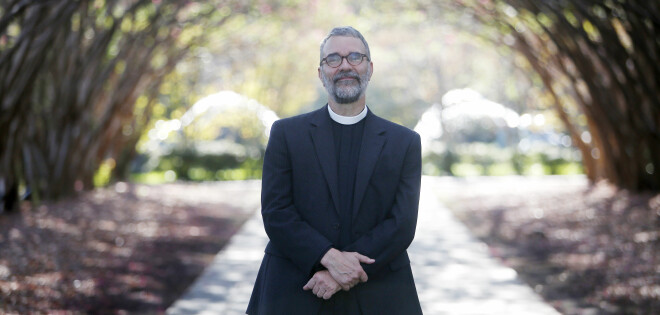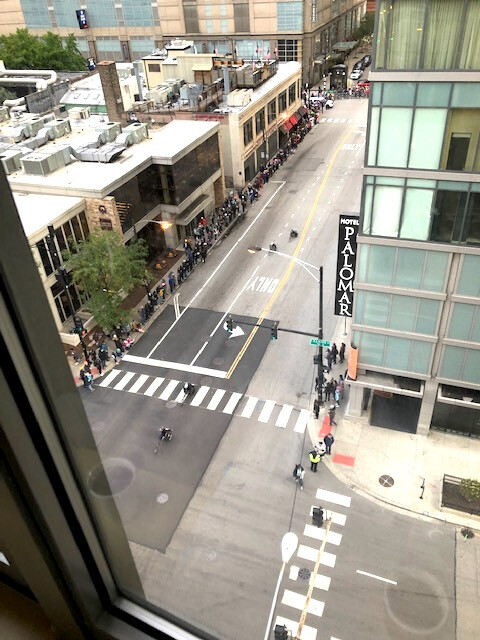What To Do With That Sunset

It is always good to be aware of the resources we have under our noses. If you are a Christian and you live in Dallas, one of those is Bruce Marshall, a Catholic theologian at Perkins. Among a number of noted books, I want to think briefly about one I read while in graduate school. While it may seem abstract and unrelated to our daily lives in parishes, it does pertain to more than you might think. In Christology in Conflict Marshall talks about how we describe things, for example Mrs. O’Leary’s cow. We might begin by saying it’s a mammal, in which case whether it is that particular cow in Chicago makes little difference - it’s an example of something more general. Or we can describe the cow in terms of its story - how it was born, how it kicked over the lantern, how it died in the great conflagration. Marshall’s point is that if you start with the general, it is harder to show how this cow or that matters. And if you start with the story, it tells you about some certain individual one, and you have to work to show the wider significance its life had.
Something similar is true of religion. We can start at the most general plane. We watch a sunset and have a sense of being part of something vast and beautiful, or look at the ocean, and have a corresponding feeling, of something deep and mysterious. We have, in other words, an experience to which we attach significance. We might then assume that something similar is true of everyone. We might even assume that it shows you what is most important about life or reality itself. There are lots of thinkers who have wanted to point at one experience or another, and go on to say ‘that is what all the religions are really pointing at, each in their own peculiar way.’ See how the story part is secondary to the general description part. You can also see how appealing this idea is - instead of religions fighting with each other, we could emphasize the seed they all share, and not worry about the husks that differ. In the modern age that has often been the tack that has been taken.
The cost is obvious. If you start in this general way - ‘all religions are really about this general truth, or this pervasive insight,’ it is very hard to make the particulars then of great importance. The experience at the core matters, the particular stories, symbols, names, each has, are secondary. But of course the people who follow these religions think no such thing - they think that their particulars matter above all else, and that they should say what matters most in their own backyard. Far from being affirming, the kind of ‘pluralism’ which finds a common stratum beneath them all ends up imposing our notion on them. It turns out to be far less receptive than it seems.
A version of this kind of pluralism is called ‘the perennial philosophy,’ according to which religions and philosophies of the ages have all been versions of the same basic insight. At the very least we can say this: such a claim is quite the opposite of the Creed you and I say every Sunday morning. It is, really, a short story about a specific person, Jesus, about whom the greatest claims about the origin of the world, about the overcoming of evil, about where it all is going, are affixed.
But if that is so, then what has that got to do with me? And how does that one man’s story touch everyone? Well, that is just what preaching and teaching set out to explain! For example, the meaning and value of other religions are not rejected totally and out of hand- now some sense of them must be made in relation to who Jesus is and where He is taking human history. Ditto us, our lives, our gazing at the beautiful sunset, in the midst of our story, which really only makes sense, says the Christian, when it finally is nestled in His.
Peace
+GRS



